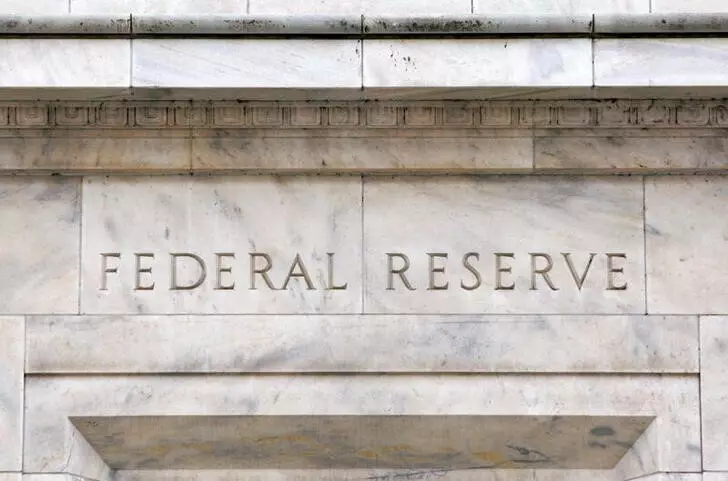The economic landscape in the United States is undergoing significant transformations, particularly in regard to monetary policy. Analysts are observing a critical change in market expectations surrounding the Federal Reserve’s (Fed) interest rate strategy. Recently, the conversation has shifted towards the possibility of the Fed pausing its rate cuts, a notion that has gained traction following a series of economic reports. However, Deutsche Bank economists argue that before any such pause can materialize, certain stringent conditions must be met.
In September, the Fed enacted a 50-basis-point reduction, highlighting its intent to stimulate economic growth amid ongoing uncertainties. With this backdrop, market sentiment has pivoted, raising questions about when the Fed might decide to skip a scheduled meeting for further rate adjustments. Despite the prevailing speculation, Deutsche Bank’s analysis points out that there remains a pathway for subsequent rate cuts, suggesting that a 25-basis-point reduction could still be on the table for the upcoming December meeting.
The foundation of Deutsche Bank’s argument relies heavily on examining the current economic indicators, particularly inflation and labor market conditions. Their assessment indicates that the Fed’s decision-making process is largely dependent on inflation rates, with particular emphasis on the core Personal Consumption Expenditures (PCE) inflation, which needs to remain sticky at about 0.3%. If inflation demonstrates signs of persistence, it could significantly deter the Fed from pursuing further cuts, keeping rates higher for an extended period.
Inflation remains a hot-button issue for the Fed, and tackling it effectively is paramount to their long-term strategy. A notable concern is whether core inflation will stabilize or continue to show volatility. The strategists at Deutsche Bank underline that if inflation pressures linger, the Fed must tread cautiously. For instance, if inflation rates continue to hover around the stated target, it may suggest underlying economic pressures, compelling the Fed to rethink an aggressive rate-cutting approach.
In addition to inflation, the labor market’s health plays a pivotal role in influencing the Fed’s strategies. The economists articulate that for the Fed to consider pausing on cuts, there must be clear indicators showcasing a resilient labor market. This includes stable payroll growth, an unemployment rate of approximately 4.1% or lower, and significant improvements in key metrics such as hiring and quits rates. Any weakening in these areas could swiftly alter the Fed’s course and compel them to maintain or even elevate interest rates in pursuit of economic stability.
While December appears to be a crucial juncture for potential rate cuts, external factors add layers of complexity. Hurricane impacts on employment data, as well as the forthcoming Consumer Price Index (CPI) report, could coincide with the December blackout period, complicating the decision-making landscape. The unpredictability of these factors may inadvertently steer the Fed towards a more conservative approach.
Moreover, as 2025 approaches, economic dynamics are anticipated to shift further. Seasonal inflation effects may add to the upward pressure on inflation figures, prompting heightened vigilance from Fed officials. This anticipation of rising inflation rates, combined with political developments such as elections, could complicate the monetary landscape. If political scenarios unfold unfavorably or tariffs are reintroduced under certain administrations, this might necessitate a more aggressive stance from the Fed.
As we navigate through these uncertainties, Deutsche Bank maintains that the Fed’s trajectory on rate adjustments will remain deeply intertwined with the fluid landscape of economic data. They suggest that although a December rate cut is conceivable, a data-dependent approach will guide subsequent decisions. Establishing a solid understanding of the neutral interest rate—often tied to equilibrium levels—remains a challenge that the Fed must grapple with, especially given current rates hovering close to Deutsche Bank’s approximated neutral range.
The Fed faces a multifaceted dilemma as it prepares for pivotal monetary decisions. As factors surrounding inflation and labor markets evolve, so too will the Fed’s strategies, making it crucial for stakeholders to remain alert to these economic indicators. The complexities of 2025 may well usher in a period where decision-making requires heightened sensitivity to a variety of influences, demanding adaptability and responsiveness as the economic environment unfolds.

